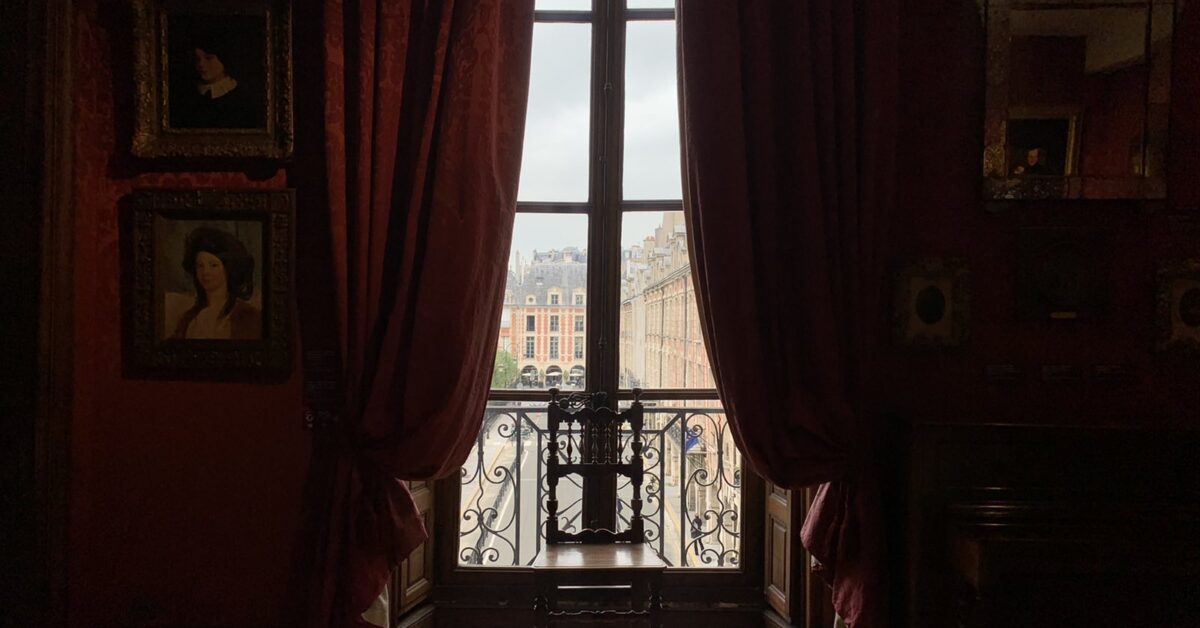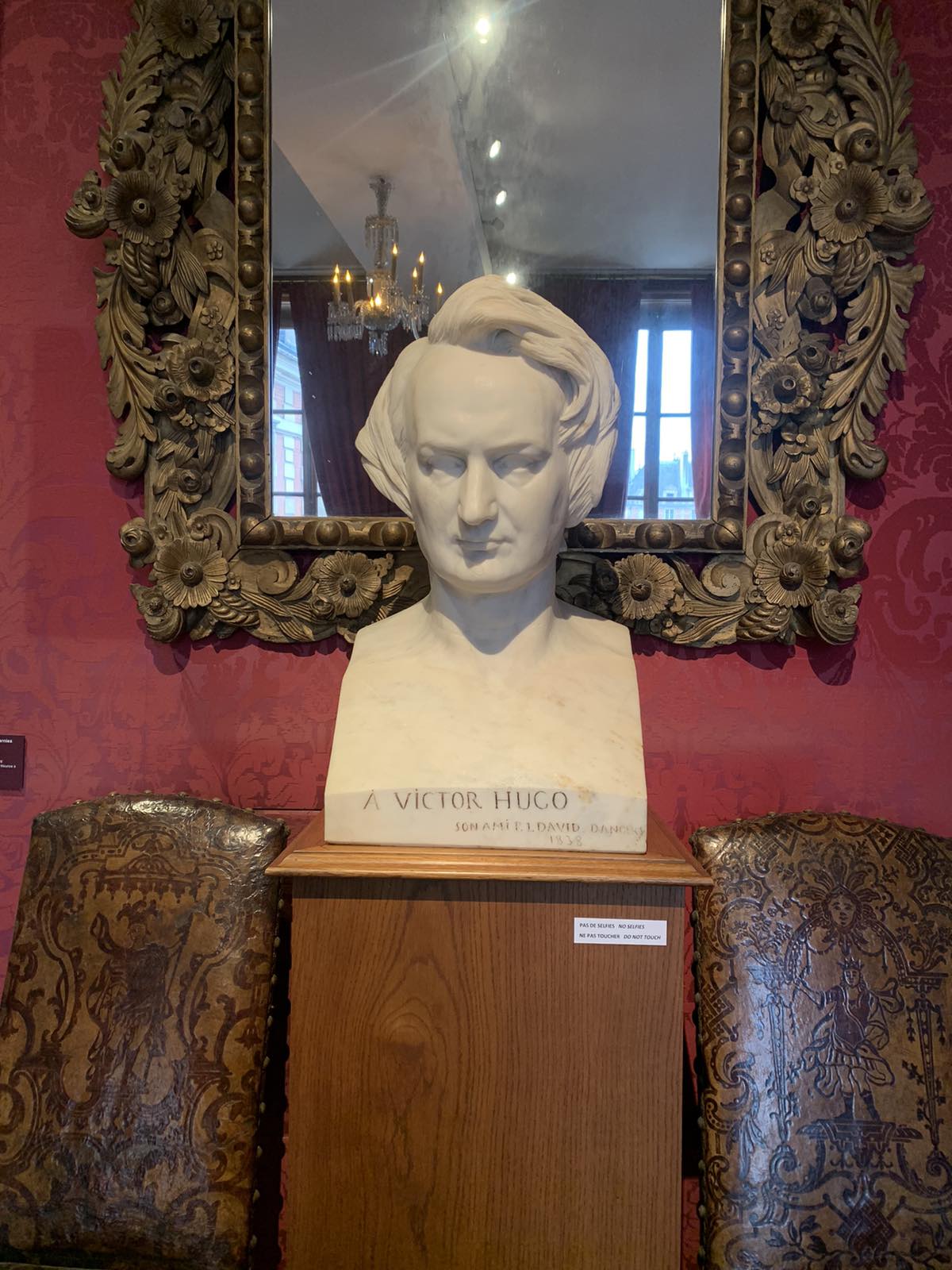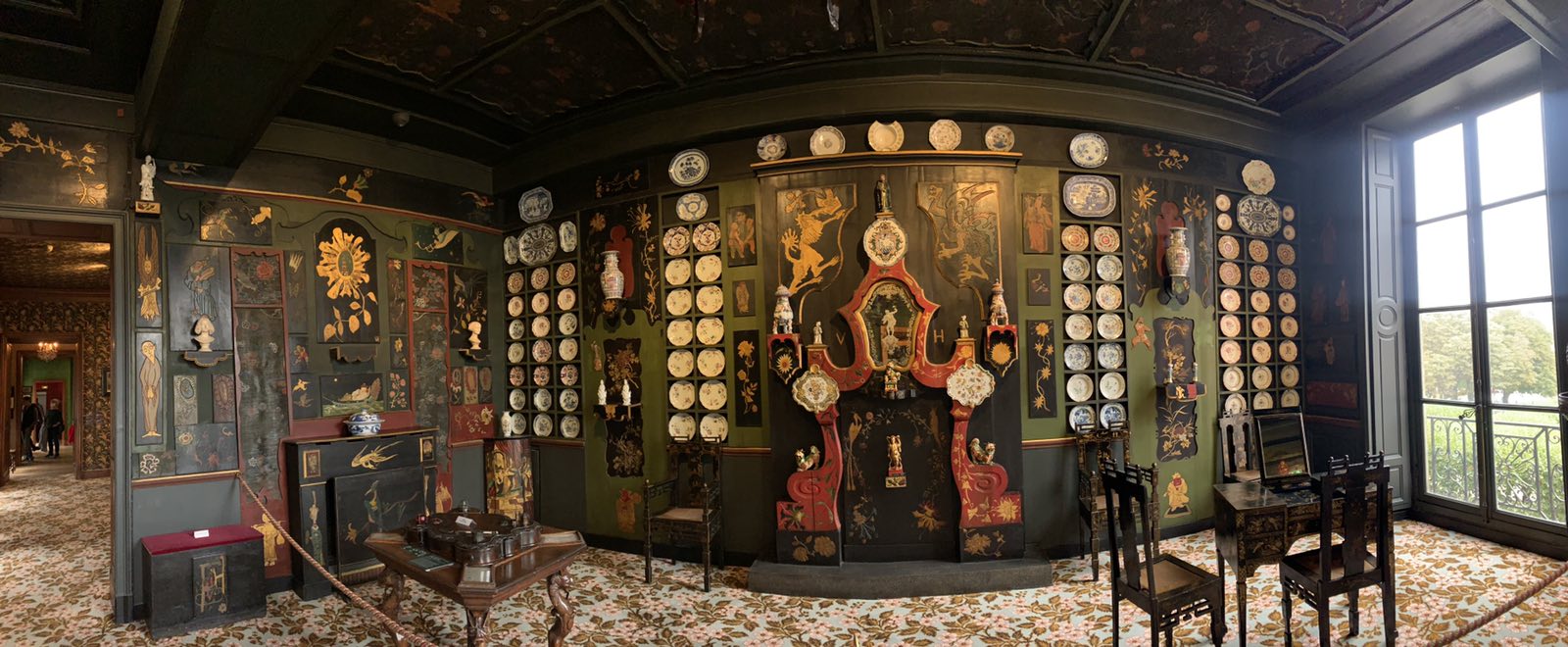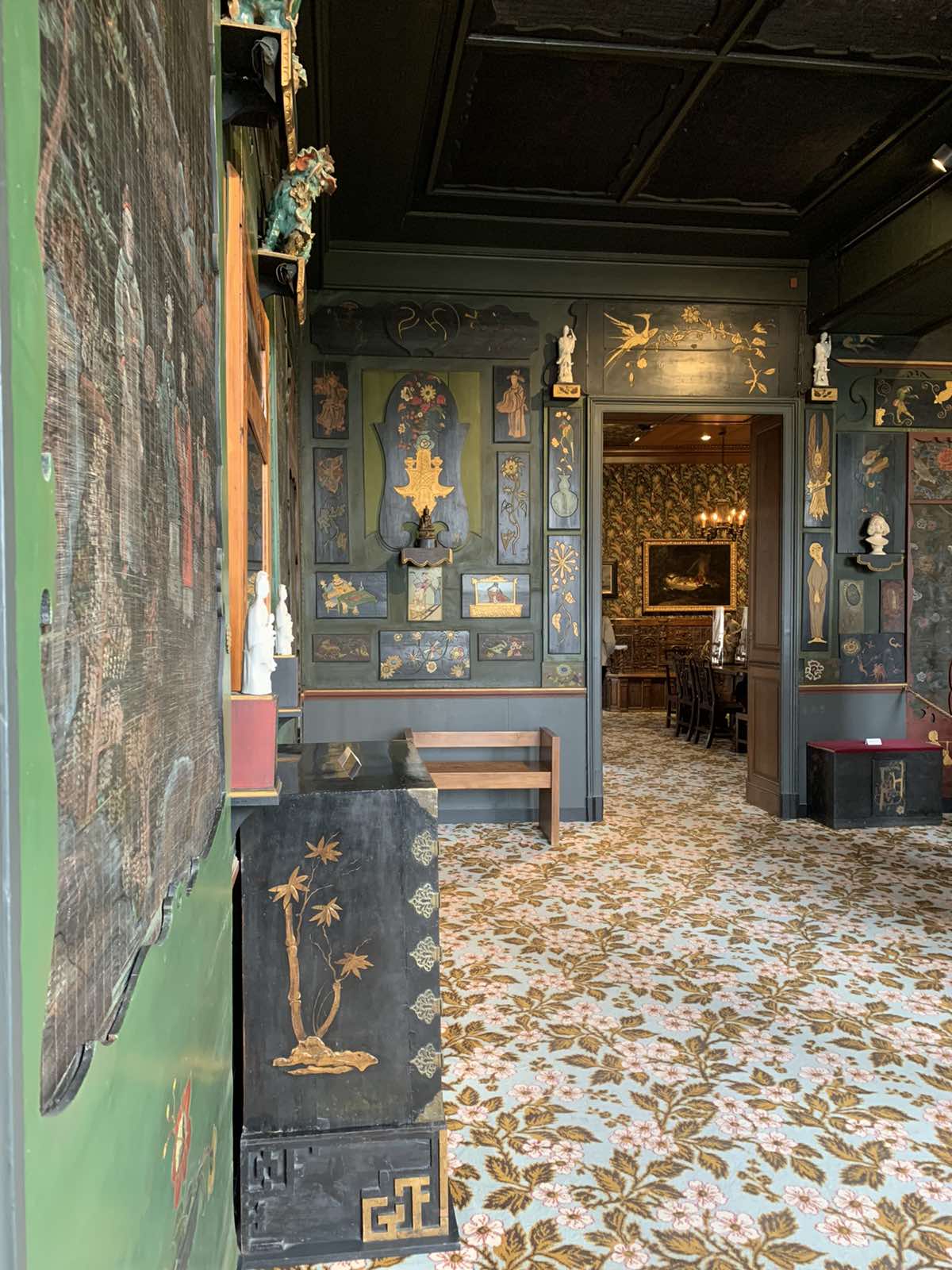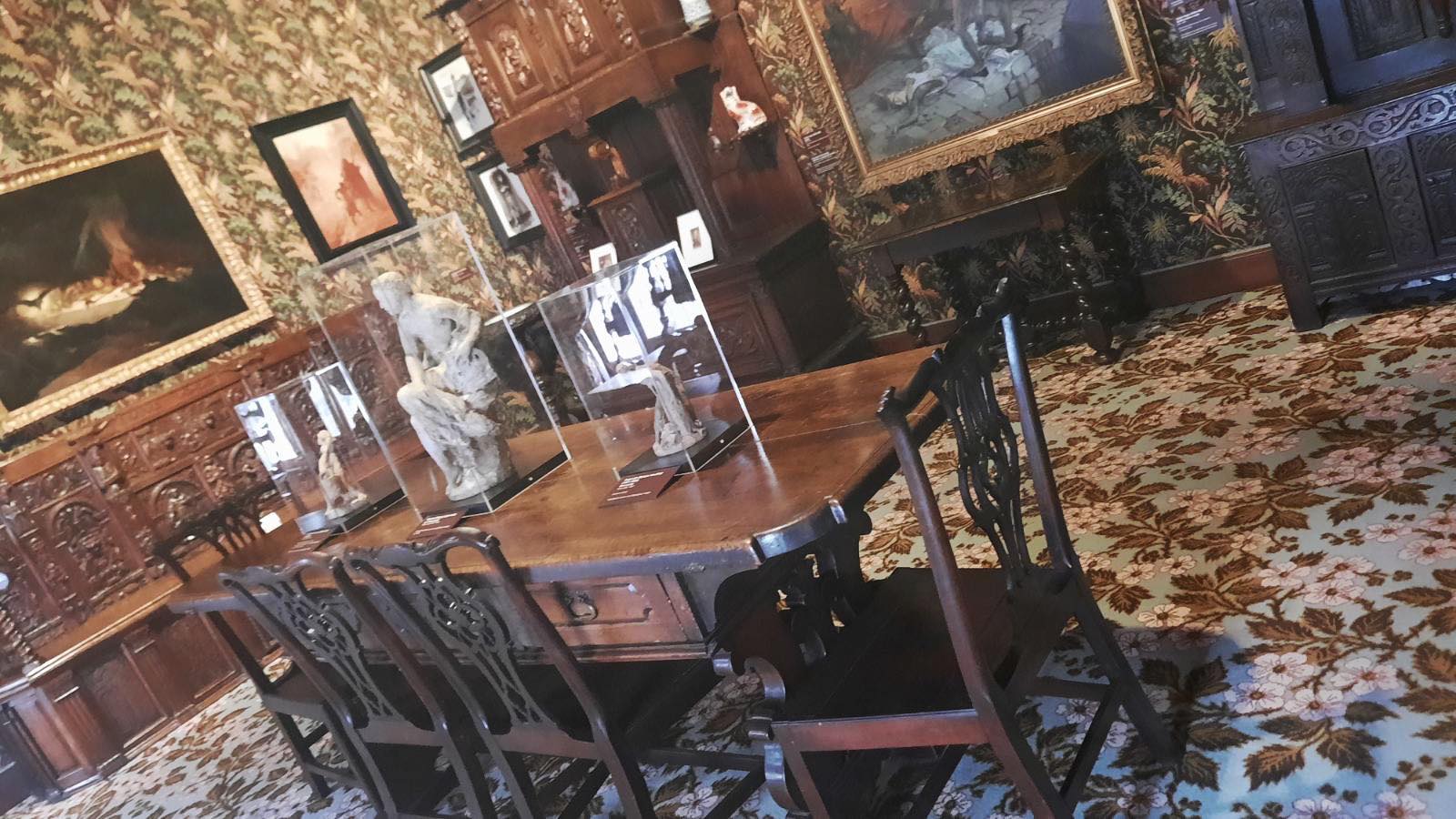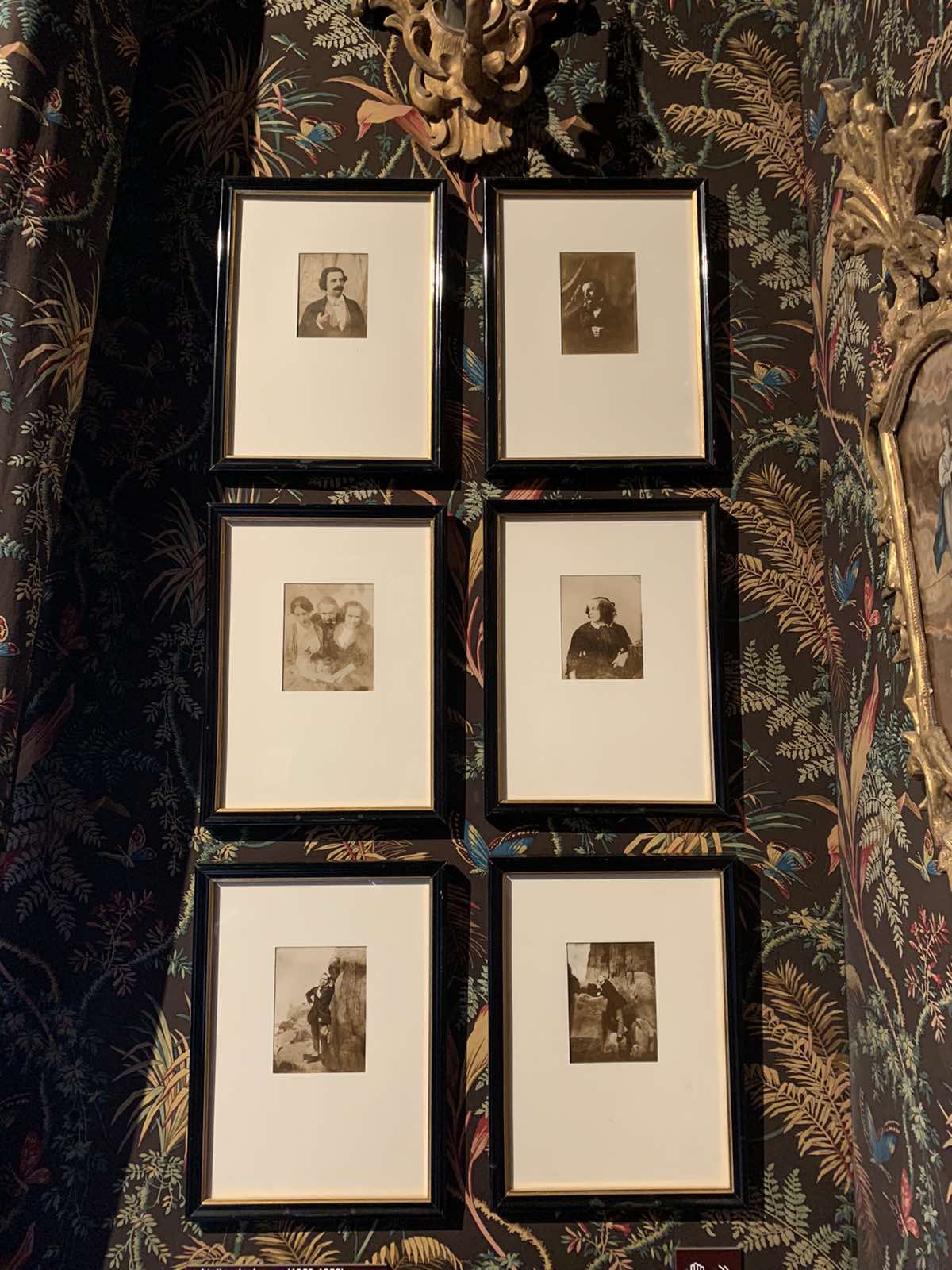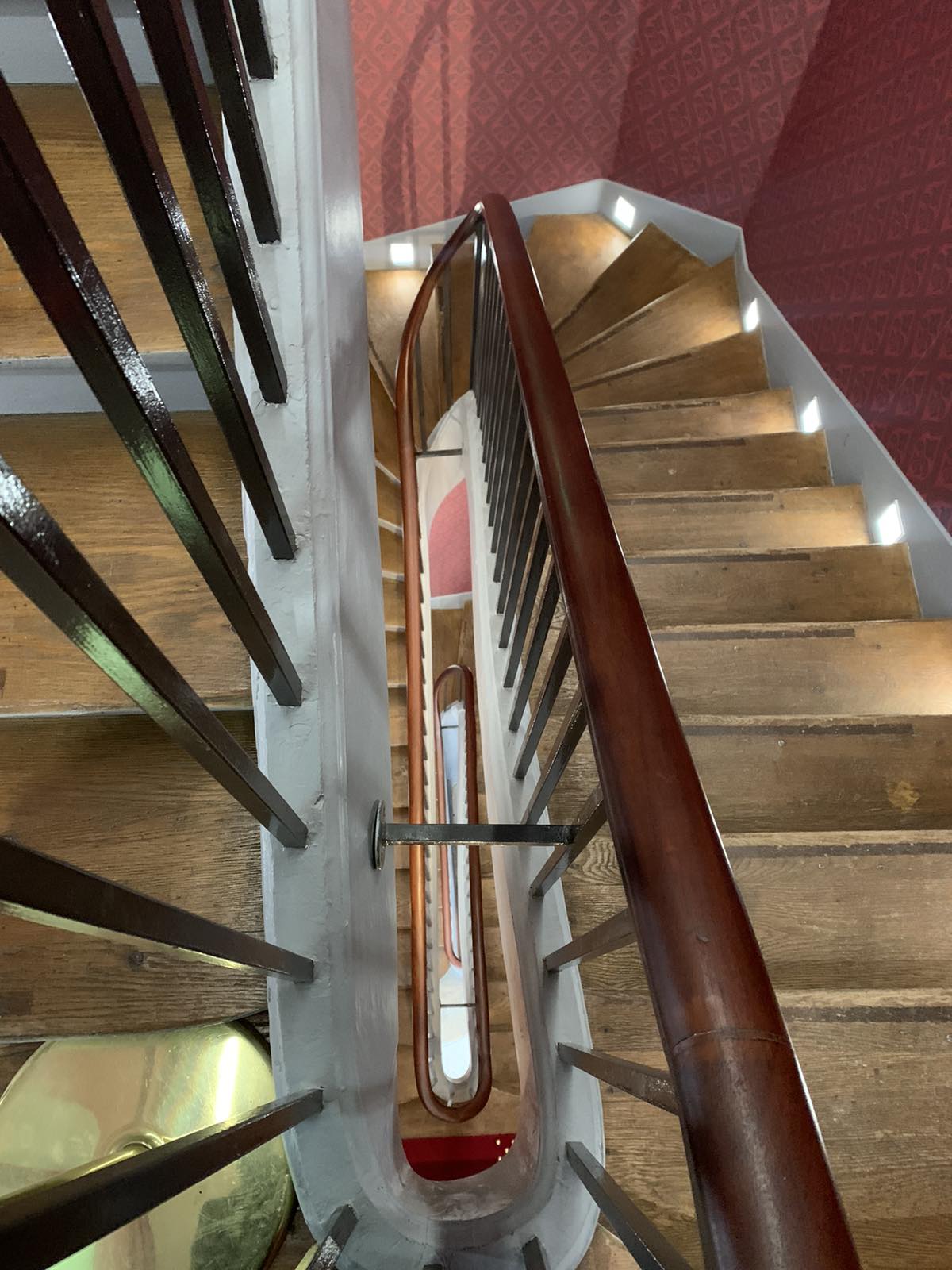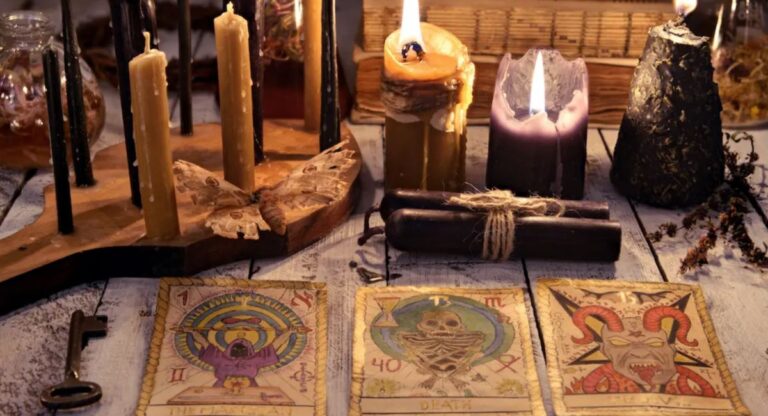Before there were influencers, there was Victor Hugo. A writer, poet, artist and politician among other things. Hugo was the author of Les Miserables and The Hunchback of Notre-Dame. He was described as “almost the only French imaginative writer of the present century who is entitled to be considered as a man of genius.” Hugo is considered one of the most prominent French writers in history and his works have been translated, dissected, studied and turned to plays and movies for more than a century. He also campaigned for the abolition of capital punishment and slavery and visualized the initial concept of the EU.
So, what’s the first thing that comes to mind when you have the chance to visit one of his homes? Greatness. I’m surrounded by greatness. Of all of his dwellings, the most famed ones are in Paris and on the island of Guernsey where he spent years in exile. In both places, his living quarters are preserved.
This time, we’re going to the one in Paris, with its unconventional decor, fascinating furniture, trinkets showing his artistic abilities and devotion to beauty, even the bed he died in. Come with me, I’ll take you there.
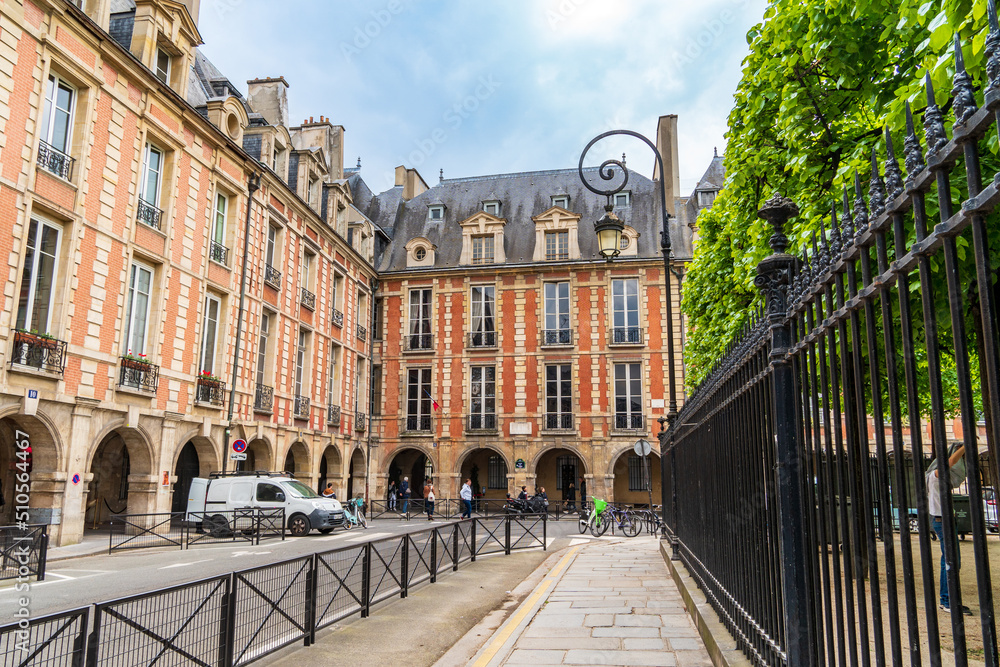
You enter through the antechamber, arranged to evoke Hugo’s childhood and years as a young man- there are portraits of his brothers, Eugène and Achille, and his wife, Madame Adèle Hugo. Immediately you’re made aware of his amazing taste in furniture: gothic mirrors and ornate furniture are among the first things that welcome you in this residence.
You then enter the Red Lounge, rich with red damask. According to the guide at MaisonVictorHugo.fr, this room has seen countless examples of literature and art being created, has heard political opinions and seen faces such as the poet and literary critic Théophile Gautier, the author and statesman Alphonse de Lamartine, Hugo’s friend and rival, author Alexandre Dumas, the writer (and pioneer of the novella) Prosper Mérimée, and David d’Angers, a sculptor and freemason, whose bust of Hugo is a part of this room.
The next room, the Chinese Lounge, tells the story of Hugo’s exile in Guernsey, an island in the English channel off the coast of Normandy. The story goes that when Louis-Napoléon Bonaparte (Napoleon III) seized illegal power in 1851, it provoked Hugo to openly rebuke Napoleon. He lived in Guernsey from 1855 to 1870. His knack for aesthetics is clearly evident here – the decor is installed with the help of an Asian art merchant, Siegfried Bing, and differentiates from the Gothic-inspired furniture in the dining room and bedroom.
Hugo designed the Chinese-style panels and painted them, and you can find the monograms VH and JD throughout the decor. JD is Juliette Drouet, his devoted lover who was by his side even during his marriage to Adèle Foucher and whom he never married, even after his wife died in 1868. When he thought he would die during the siege of Paris, he wrote to his children to respect her: ”JD saved my life in December 1851,” he wrote. “For me, she underwent exile. Never has her soul forsaken mine. Let those who have loved me love her. Let those who have loved me respect her. She is my widow.”
She stayed with him until she died.
Here, the table on which he wrote the collection of poems The Legend of the Ages can be seen, with a dedication written on the table-top itself. The collection is conceived as an immense depiction of the history and evolution of humanity.
The dining room is where his fondness for Gothic furniture can be observed. Hugo was known to “hunt for old chests,” according to the Maison Victor Hugo website, when, accompanied by Juliette, or his sons in Guernsey, he would buy furniture, have it dismantled and then reassembled the way he liked it.
From there, you arrive in the small study. Here, there are collections of his – photographs, engravings, manuscripts, prints and drawings – Hugo produced more than 4,000 drawings in his lifetime and Delacroix said that if Hugo had decided to become a painter, instead of a writer, he would have outshone the artists of their century. You’ll be lucky if you catch these, too, because they’re not a part of the permanent exhibition for reasons of conservation.
Here there are portraits of his grandchildren. He became the guardian of his grandchildren as he outlived four of his five children. The following room ends the tour and also in a way, his life.
The last room open for the public is his bedroom, recreated from his home at 130 Avenue d’Eylau. Among other things, the gifts he received for his 80th birthday are here: The Republic by Clésinger, and a Sèvres vase from the government. Hugo had a standing desk long before it became a thing and it’s there in his bedroom, along with the bed that he died on on May 22, 1885.
This fascinating glimpse into the life of one of the greatest French writers and visionaries is free of charge and open to the public.
Jana Misho is the author of “Almost Parisian: How To Survive Your Late Twenties in Paris” and “Anais from Montmartre.” She writes things she wants to read and is inspired by art, people and obscure Parisian cafés. Probably the only person in the world who has a tattoo of Tour Montparnasse. Her third novel “Lulu” is coming to Amazon soon.

